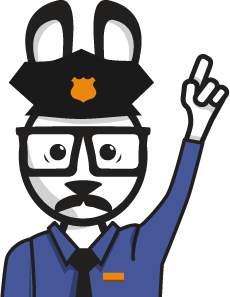Subscribe for updates.

* New to us? log in with Facebook and get a free day pass

“OOP” means “Object Oriented Programming.” OOP is just a way to properly organize your code into logical components that are easier to program. Your code will be more organized, helping others to work as a team on your project: it will also reduce your code in size because OOP, through classes and objects, provides efficient ways of coding to achieve more by typing less. As you start coding and using objects, you will realize how much easier life is with OOP and you’ll wonder how you survived without it for so long!
DOM stands for "Document Object Module": chances are you’ve heard this term before and even if you haven’t, don’t sweat it. DOM is a very basic (and legacy) way via which our JavaScript can interact with the HTML. Remember that JavaScript is placed in the HTML file so it can interact with the HTML objects. The DOM provides the interface/language that enables JavaScript to interact with the visual and textual elements of HTML
In today's world with modern 3rd party tools (such as jQuery) there are easier ways to interact with the DOM. The DOM is a bit cumbersome but if you want to learn how the environment works from scratch then we suggest you start with DOM: later on you can move to skills like Jquery. Using DOM will definitely help you to learn more and understand the structure of code in the HTML5 and JavaScript relationship.
If at any point you feel you're over your head or have forgotten more than you'd thought, simply visit the Developer Basics Section specially dedicated toward helping coders strengthen their coding basics by explaining and demonstrating the basic building blocks of any code.
It’s a bit early for us to get concerned about OOP and DOM; we will return to explore these topics in later videos. For now we just wanted you to have a casual introduction to these topics.
 Got A Question?
Got A Question?
Have a question but don't want to ask it publicly? If you are a prime member just ask right here and we will get back to you within 48 hours. Not prime yet? no worries you can ask publicly below.
